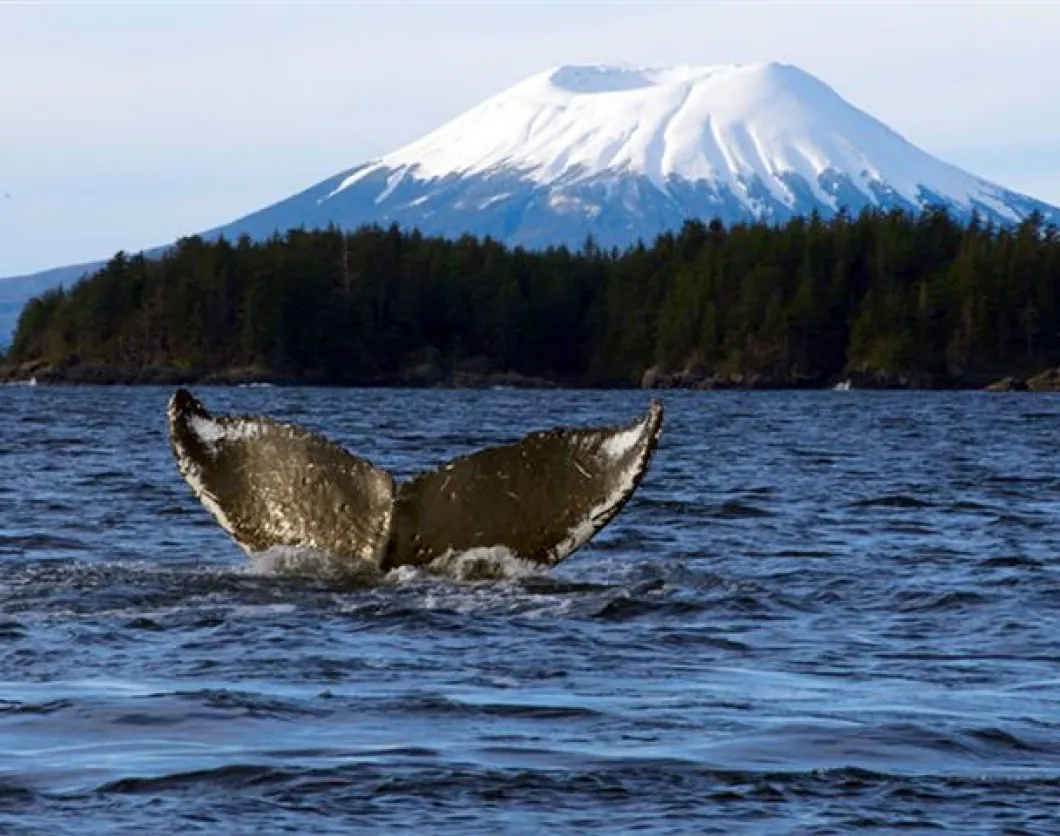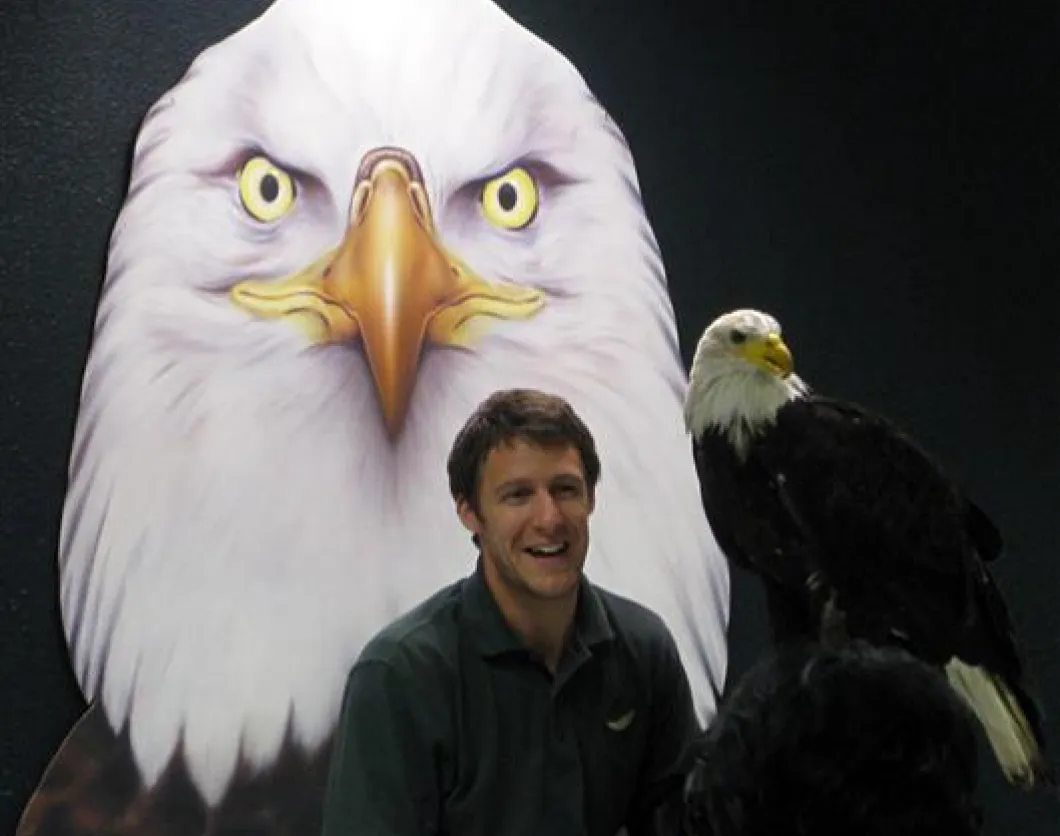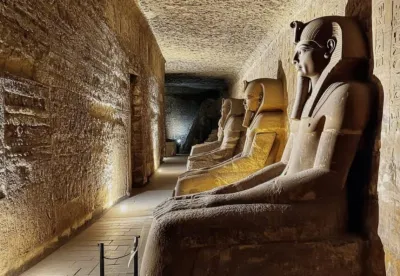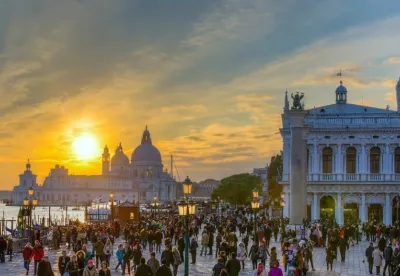What if I told you there was a town in Alaska first settled 10,000 years ago and that it had more recently been the wealthy, sophisticated capital of Russia's North Pacific colonies in the mid-1800s, nicknamed "Paris of the Pacific?
Adding some unlikely contemporary facts, this destination of less than 9,000 residents today, accessible only by sea or air, is the largest incorporated city in the United States with a total area of 4,811 square miles. And here's the clincher ... in the year 2013, the prestigious Smithsonian Institution declared this tiny gem to be the ninth most culturally-rich small town in the entire United States of America. Welcome to Sitka!
Perched on the west side of Baranof Island and protected from the Pacific Ocean by an island-studded sound, Sitka is a destination worthy of many days of exploration. No matter whether a visitor's interests are cultural or natural, there is a rewarding balance of attractions between its authentic dual heritage of Tlingit native culture and well-preserved Russian history, and a chance to get close to nature by land and sea.
Jim Seeland, owner of Sitka Sound Tours (sitkasoundtours.com), moved to Alaska three decades ago because "you can go anywhere without seeing a 'no trespassing sign' or a fence," he shared candidly. When I spent an afternoon on his wildlife watching boat, salmon were jumping out of the water all around us, heading for their river spawning grounds, and 3,102-foot/945 meter Mt Edgecumbe, the town's perfectly shaped extinct volcano, created a picture postcard setting.
Jim is a marine scientist who knows his wildlife and where to find it, even though he cautioned me that "a lot of whale watching is whale waiting." That day we were surrounded by giant 45-foot/humpback whales as they endlessly dove and surfaced in search of food as well as plenty of sea lions, seals and the always-endearing sea otters whose fur was the source of great Russian riches until hunted to extinction on this coast. Their reintroduction in the region is an inspiring conservation success.
For active nature enthusiasts, Mt Edgecumbe has a well-marked seven-mile/11 kilometer trail to the top, with guided day-trips available. There are also ocean kayaking options and a network of popular walking trails around Baranof Island.
Most people coming to this part of Alaska want to see grizzly bears which is a much taller order than viewing sea life. A rewarding alternative, and probably a safer one for most of us than meeting grizzlies in the wild, is to visit the Fortress of the Bear (fortressofthebear.org), a grizzly bear rescue center five miles out of town where you will learn about the challenges these animals face today. You will also get some amazing close-range photos though families should take heed of the sign on the elevated observation platform: "Bears should only eat fish, berries, roots and grasses. Please do not place children on railings."
Still on the rescue theme, the Alaska Raptor Center (alaskaraptor.org) has been on the front lines of eagle rehabilitation and education for decades, with a large indoor and outdoor facility, not to be missed. It is one of the premier raptor hospitals in North America, attracting 36,000 visitors from May through September as well as volunteers from the world over.
Just as nature is a virtual surround sound when you visit Sitka, so too is the dual cultural heritage which residents are proud to share. As they are fond of saying, "Expect to find Russian borscht soup and native-style alder-smoked salmon on the same menu." Few of us can recount our family history back more than a couple of generations, but to the Tlingit people, thousands of years ago is a vivid image and the traditional stories they uphold are a significant part of who they are to this day.
Successful native businesses, whether they are waterfront accommodations like Totem Square Hotel, Alan Marine Tours' Sea Otter & Wildlife Quest day tour, Sitka Tribal Tours' comprehensive cultural tour, a native-owned art gallery or a multi-generational performance of song and dance by the Sheet'ka Kwaan Naa Kahidi Dancers at their finely decorated clan house, all illustrate the diversity of opportunities to be experienced. The Sheldon Jackson Museum of Tlingit and other native heritage in Alaska is a premier collection in the world.
Equally vibrant is the Russian heritage kept alive by attractions like the Russian Bishop's House impressively restored by the National Park Service, and the dazzling performances of the New Archangel Dancers (newarchangeldancers.com) started in 1969. They are justifiably proud of their repertoire of 40 folk dances and authentic costumes, right down to the last button, braid and apron. "None of us is a pro dancer," one of the leaders assured me, "and none of us is Russian." You could have fooled me!
{%C4,5%}
If there is a star in Sitka's Russian heritage crown, it must surely be St Michael's Orthodox Cathedral, the earliest Orthodox church in the New World. Its green domes and golden crosses are a landmark in downtown Sitka, and the richly-decorated interior makes for an inspiring visit. Today, 90% of parishioners of this active community church are Tlingit, clearly indicating that the Russians went home after they sold Alaska to the Americans in 1867, but their faith did not.
Sitka is a small town with far more than its share of visitor activities, attractions and services. You can walk everywhere or drive there in five minutes; after all, there are only 14 miles of roads on Baranof Island. Accommodations range from full service hotels to intimate Bed & Breakfasts, like Ocean View B&B (sitka-alaska-lodging.com) which has been welcoming guests from around the world for 20 years. Restaurants and cafés abound, ranging from fine dining to home-made soup-and-sandwich rustic. Sitka Tourism (sitka.org) is ready to offer suggestions and expert planning direction.
By Alison Gardner
Editor/journalist, Alison Gardner, is a global expert on nature-based vacations and cultural/educational travel.












